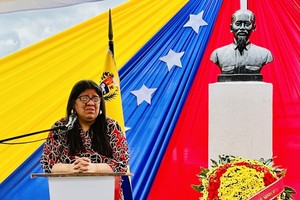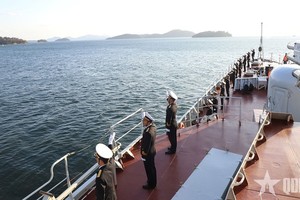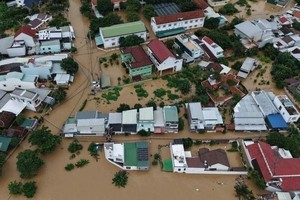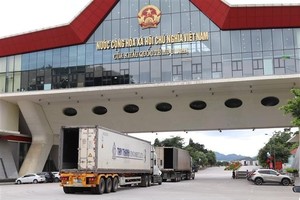Residents were evacuated from two villages near the volcano, a tourist attraction in Albay province thanks to its near-perfect cone shape, following a "phreatic or steam-driven eruption".
January 13’s eruption unleashed ash, rocks and sulfuric odor, and was followed by rumbling sounds and a faint glow in the crater, the Philippine Institute of Volcanology and Seismology (Phivolcs) said.
Phivolcs raised the alert to level two, which means that the current activity is "probably of magmatic origin, which could lead to more phreatic eruptions or eventually to hazardous magmatic eruptions."
The public is strongly advised to be vigilant and desist from entering the six kilometre (3.7 mile) radius Permanent Danger Zone to minimize risks from sudden explosions, rockfalls and landslides, the institute said.
Located about 300 km southeast of Manila, Mayon is one of the most active volcanoes in the Philippines. Its most destructive eruption was in February 1814, when lava flows buried three towns and killed 1,200 people.- Source from VNS.
























